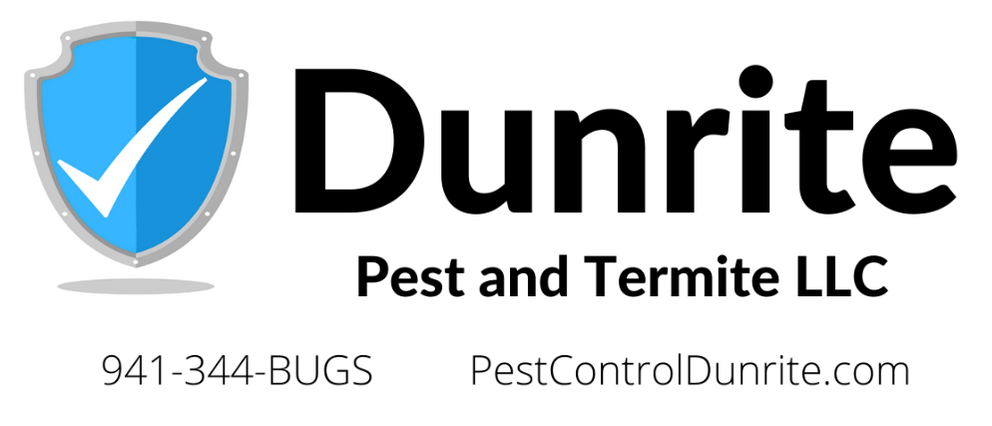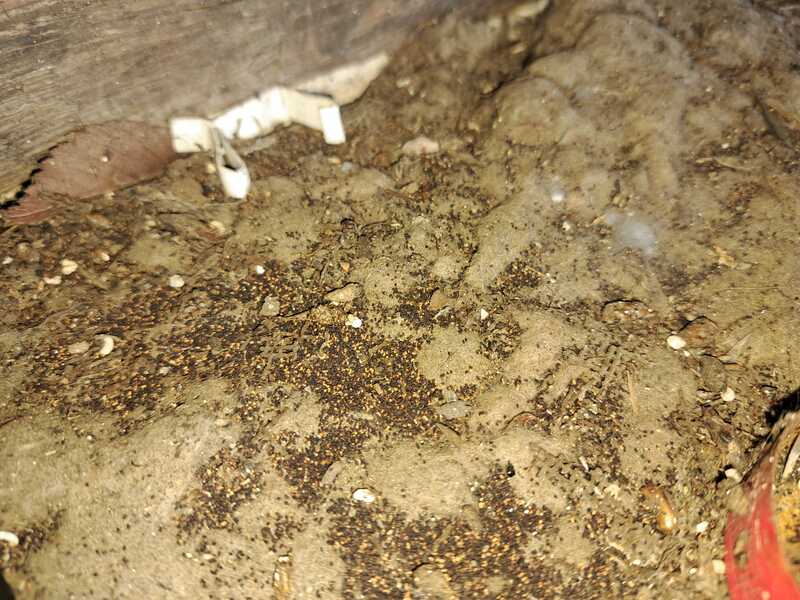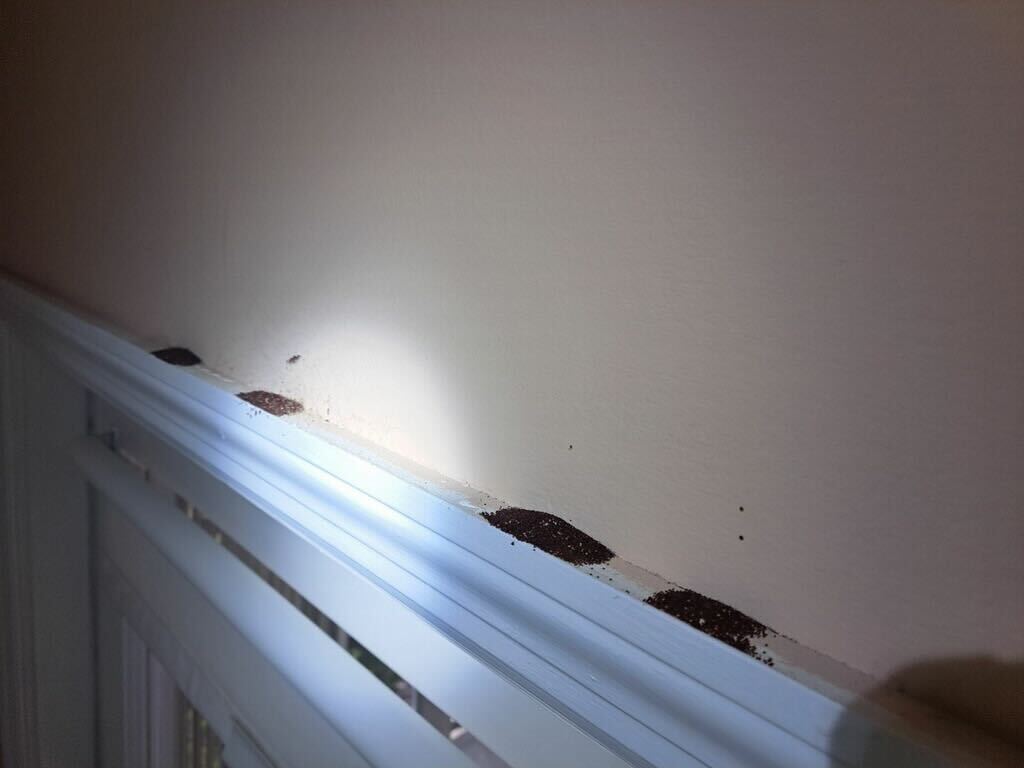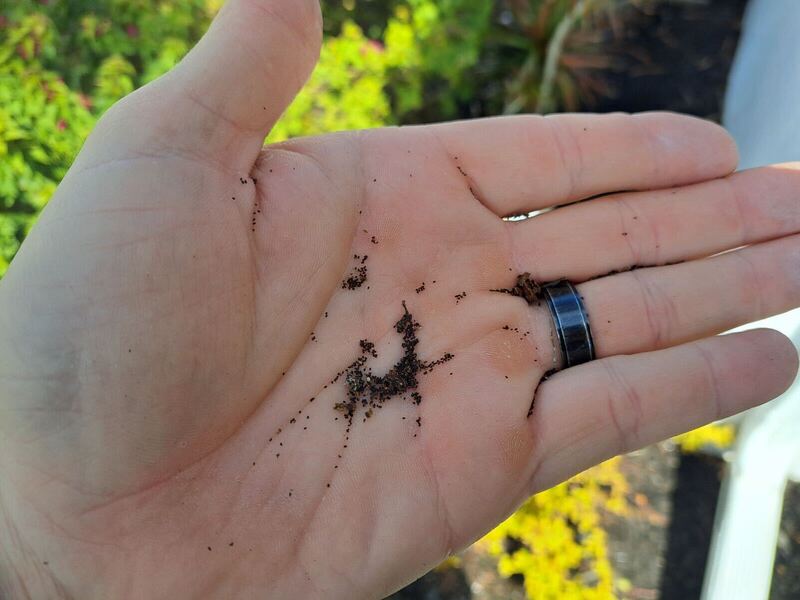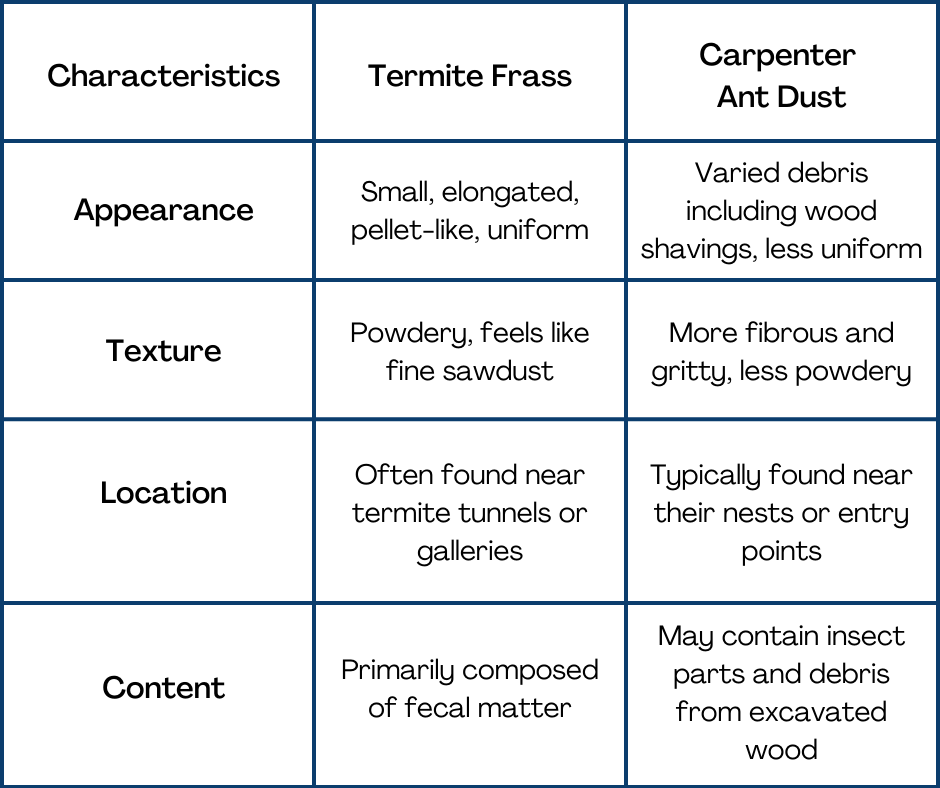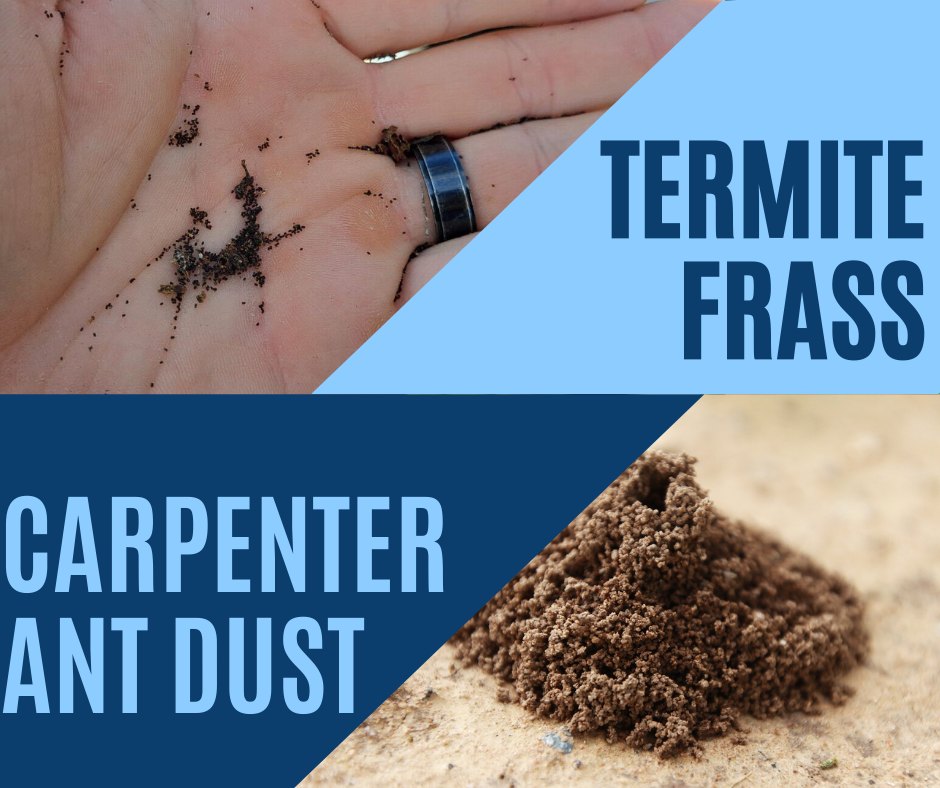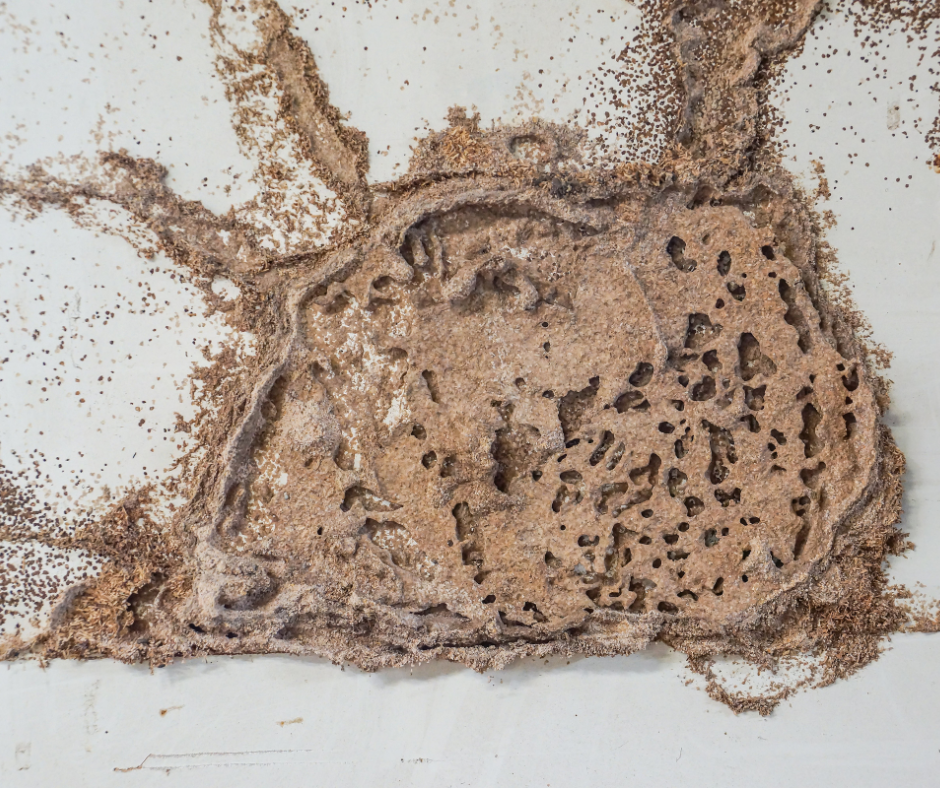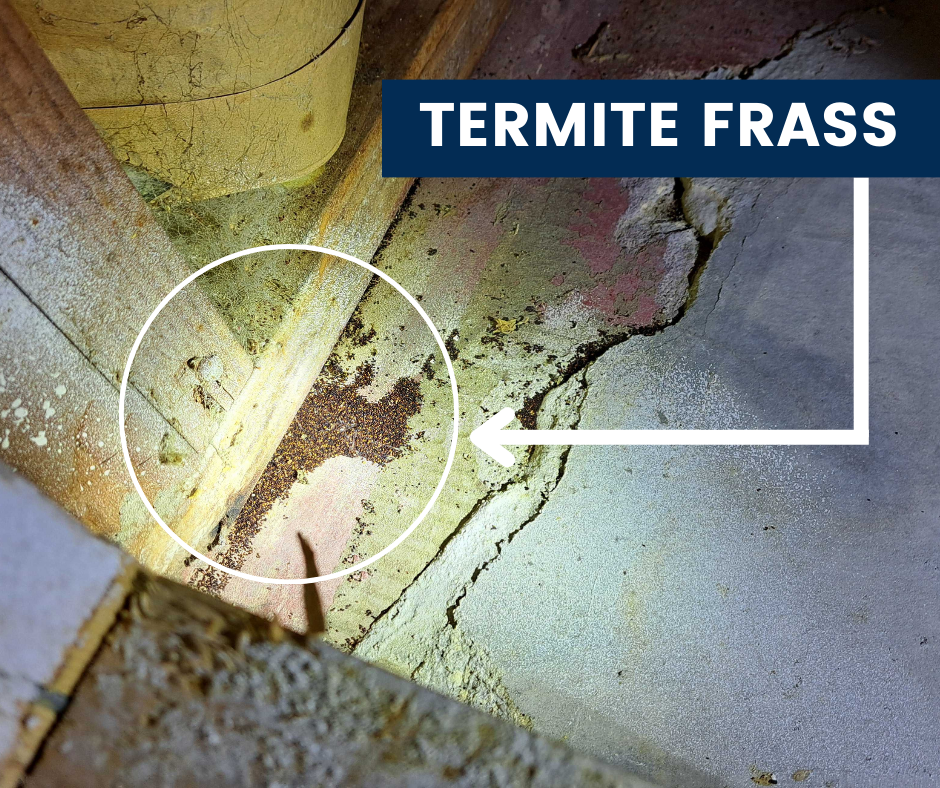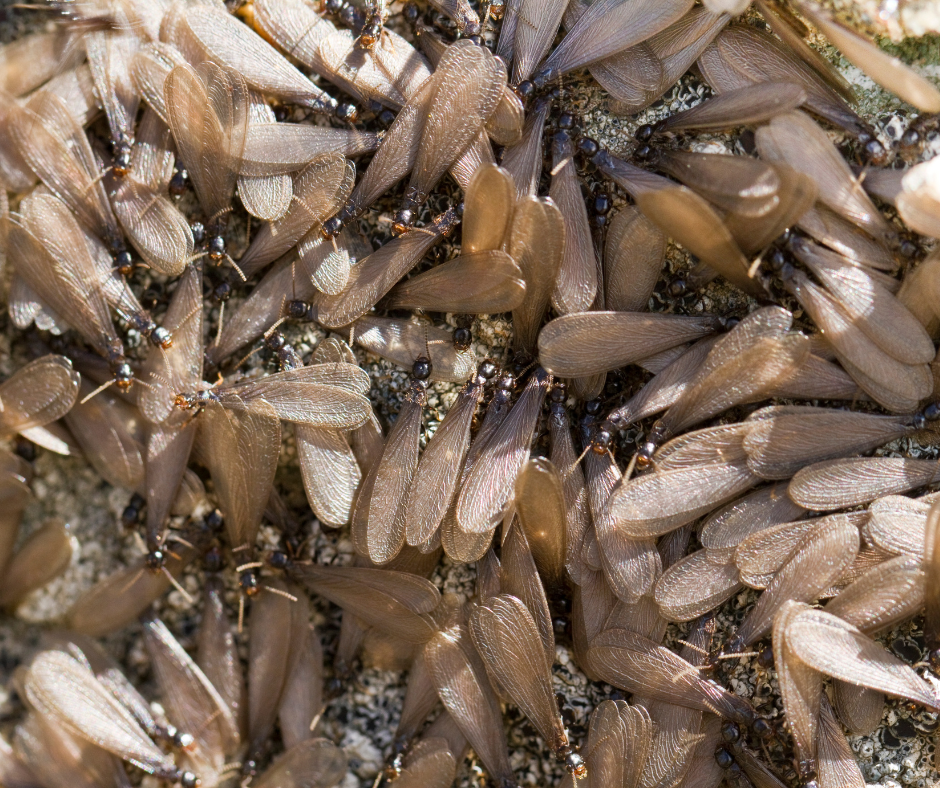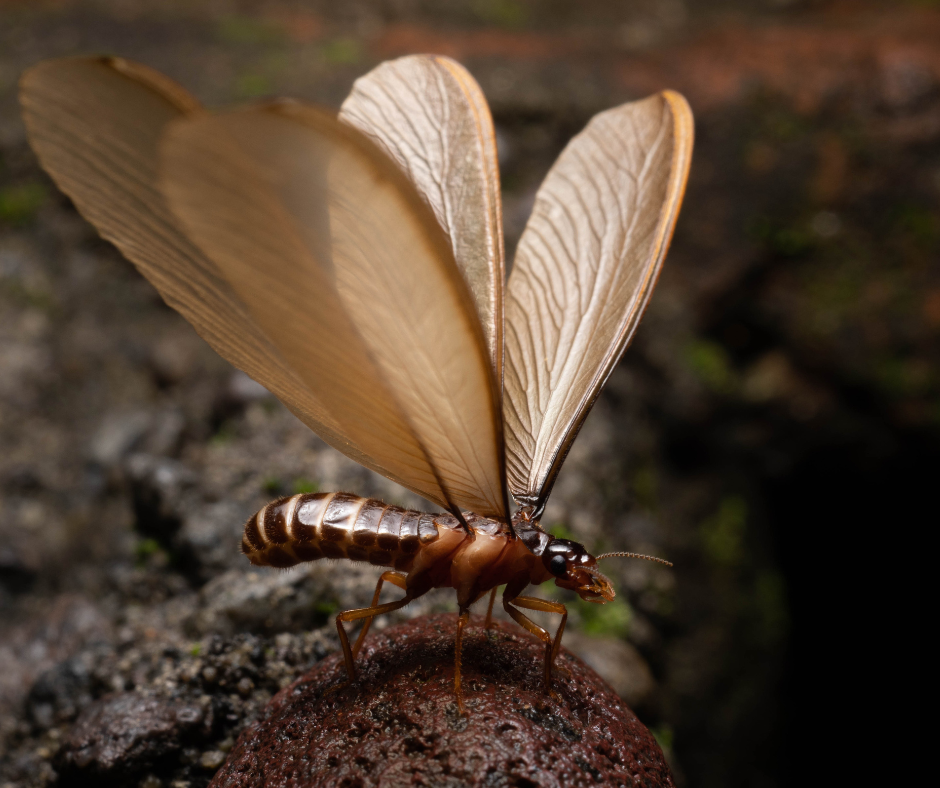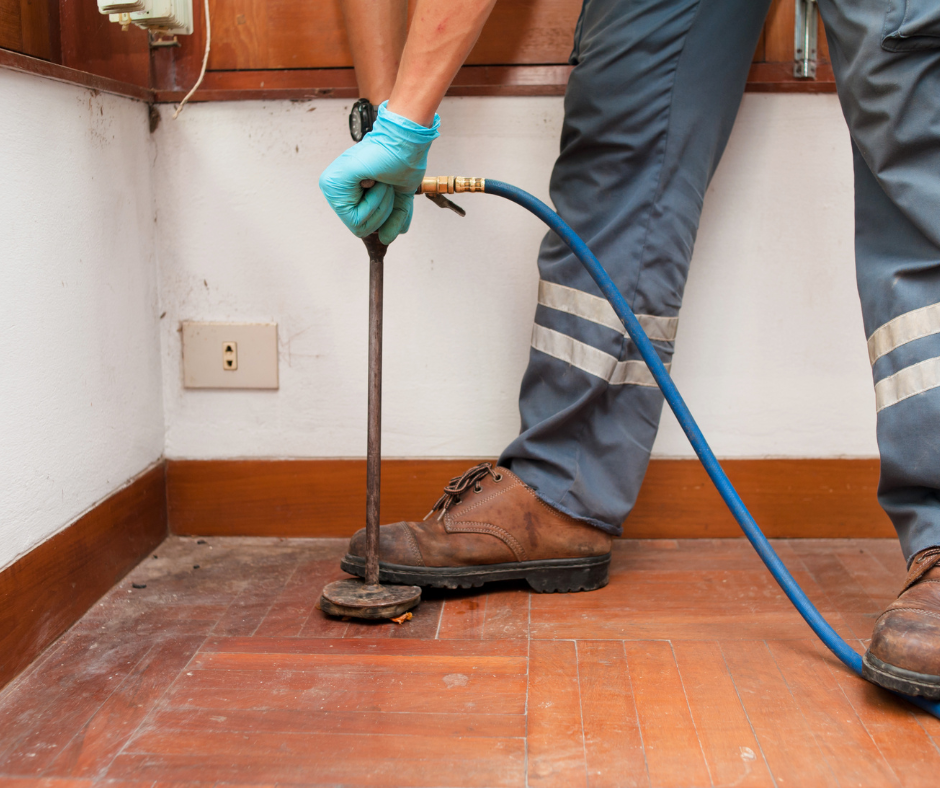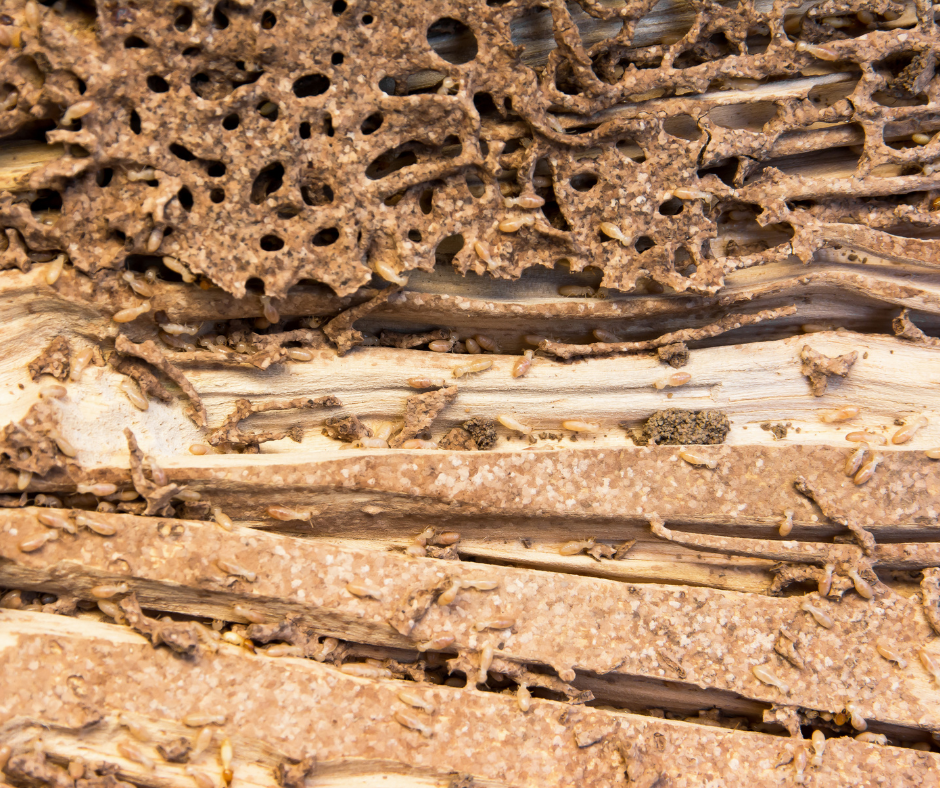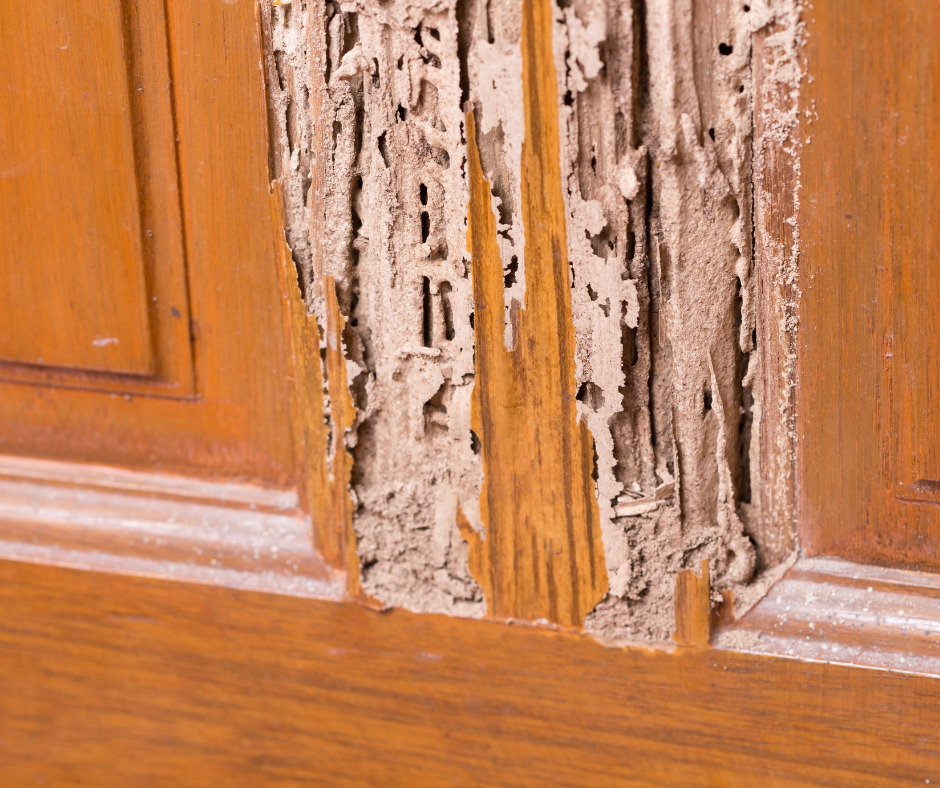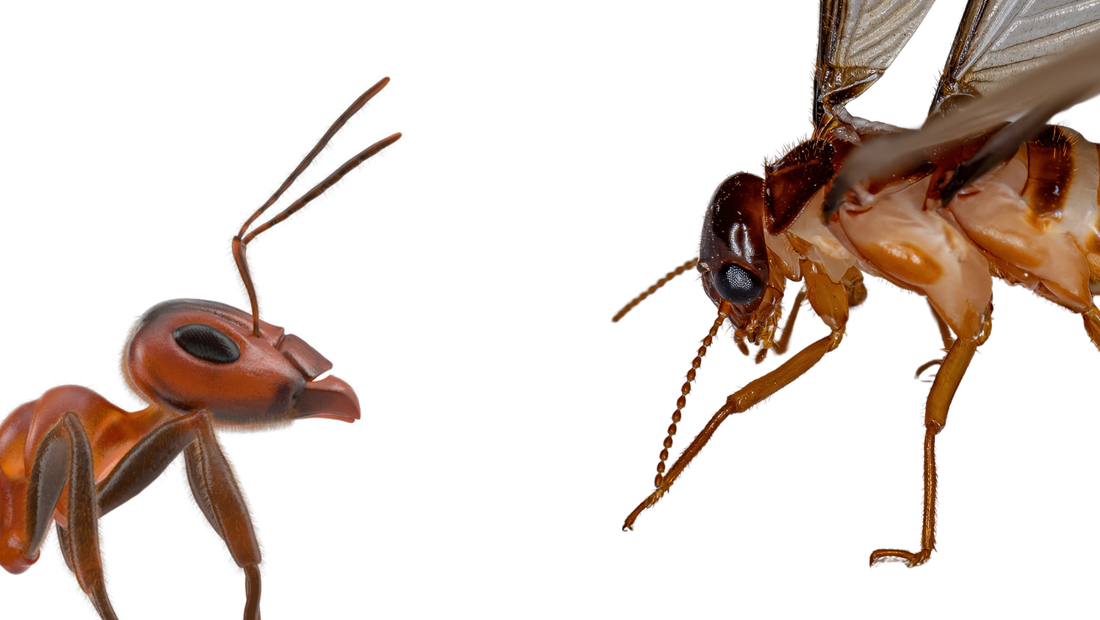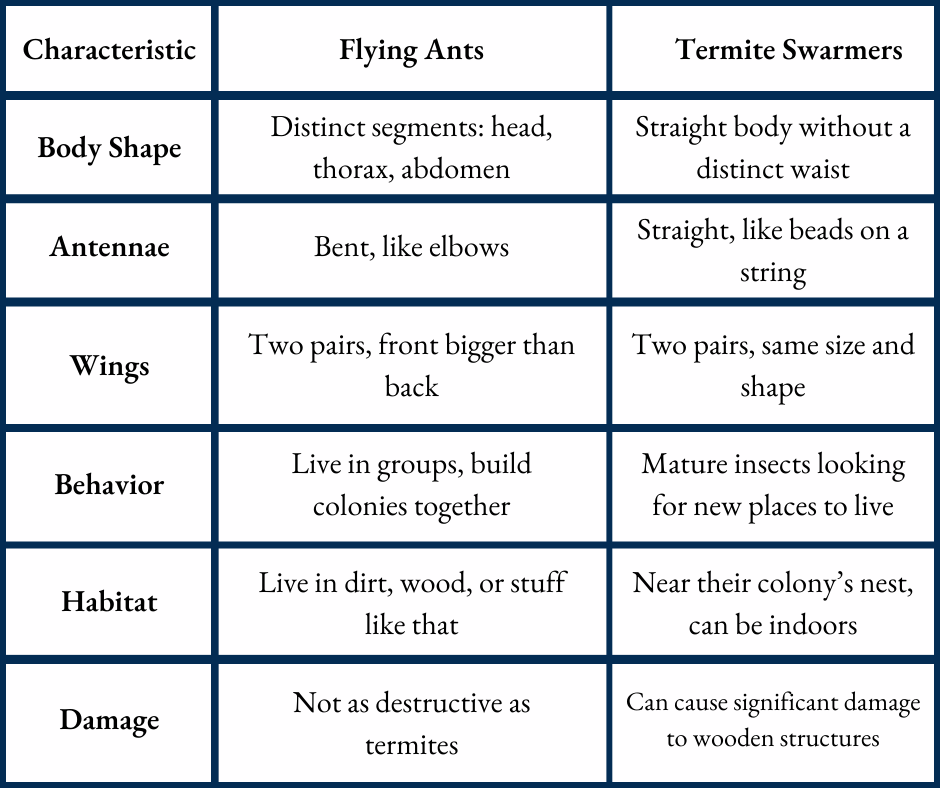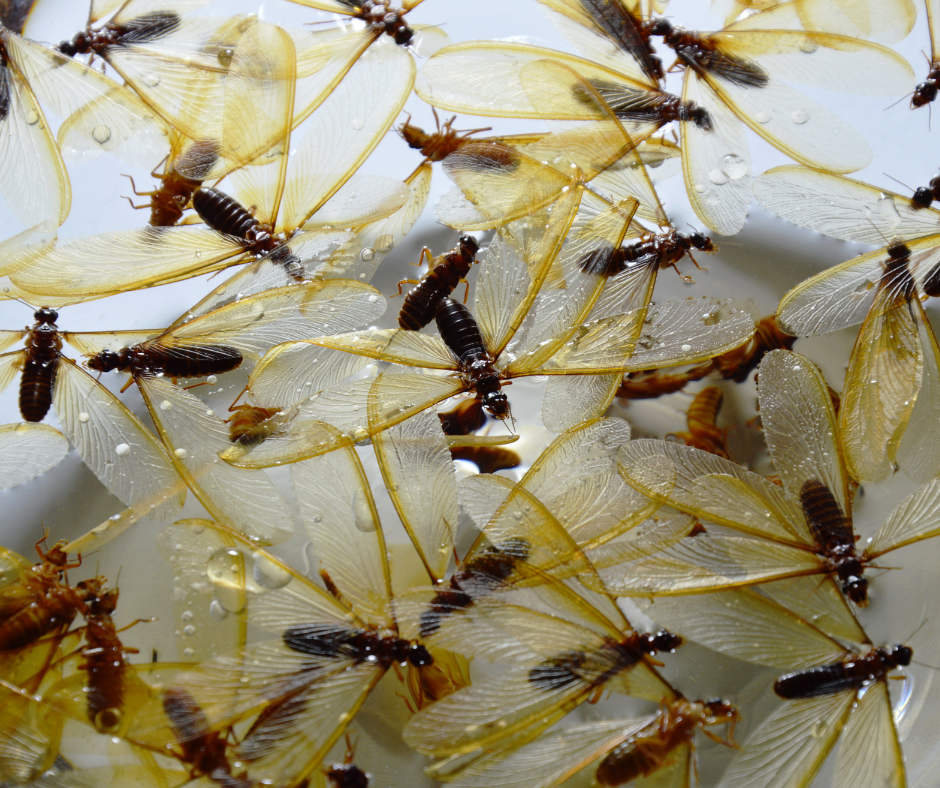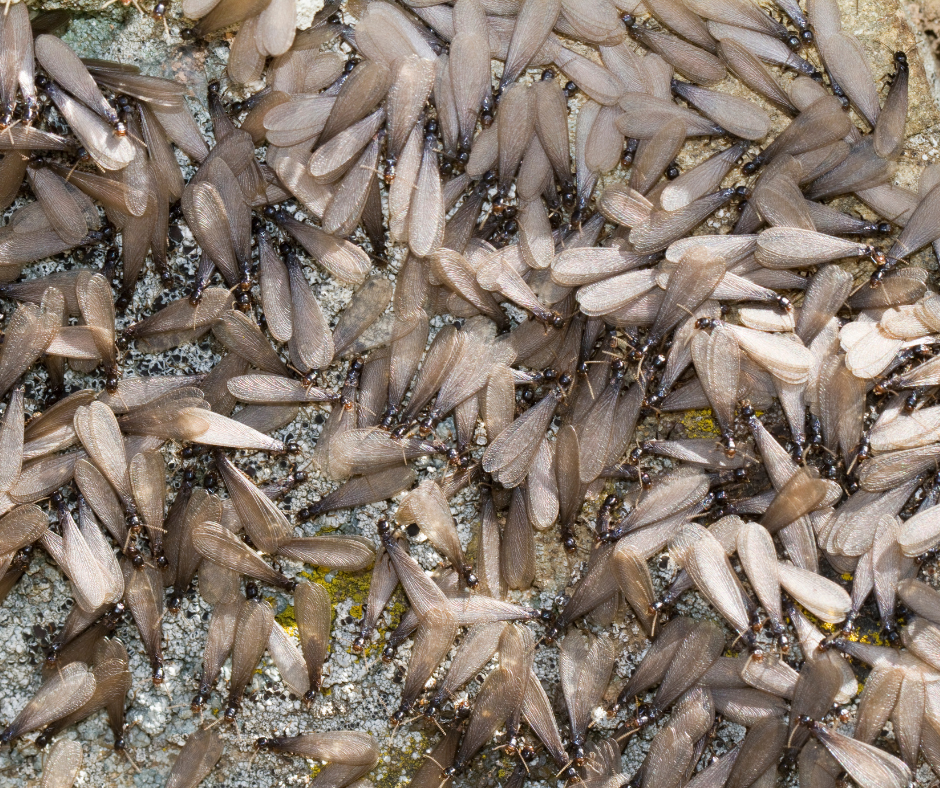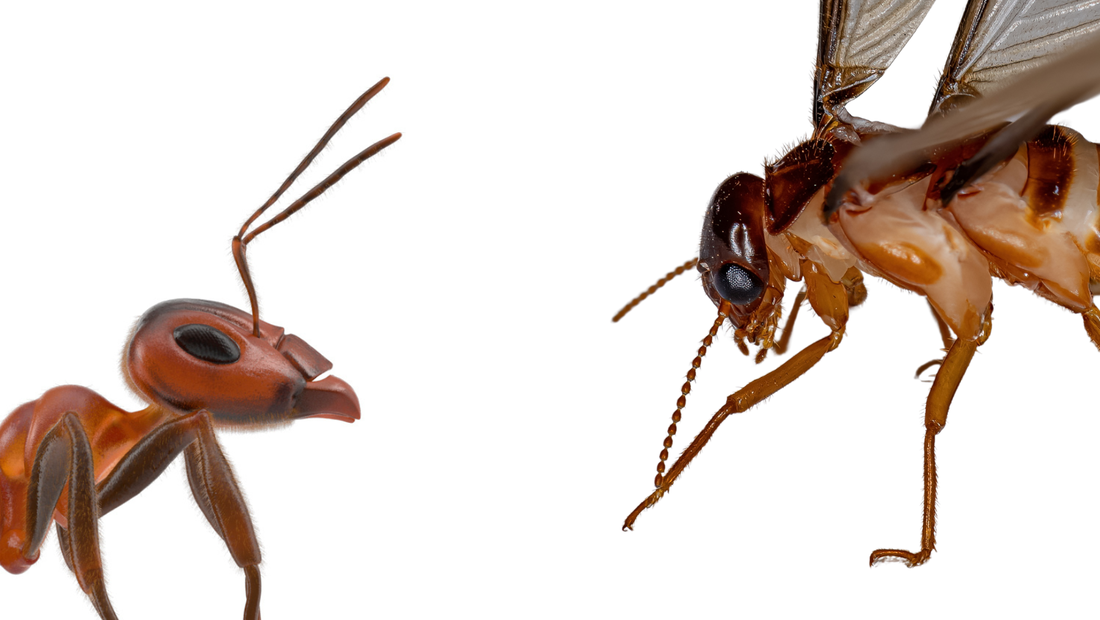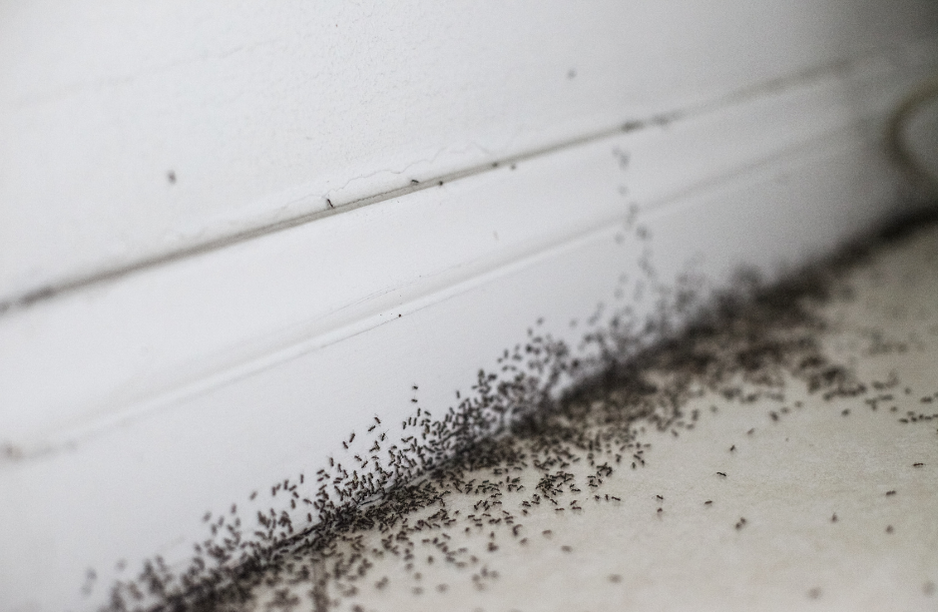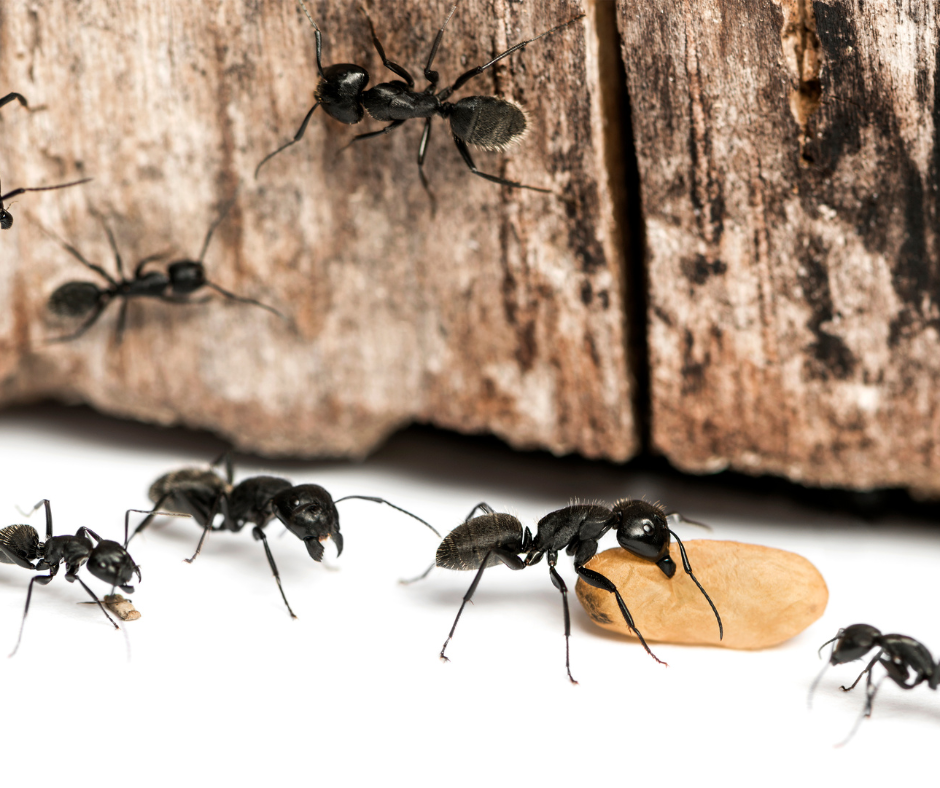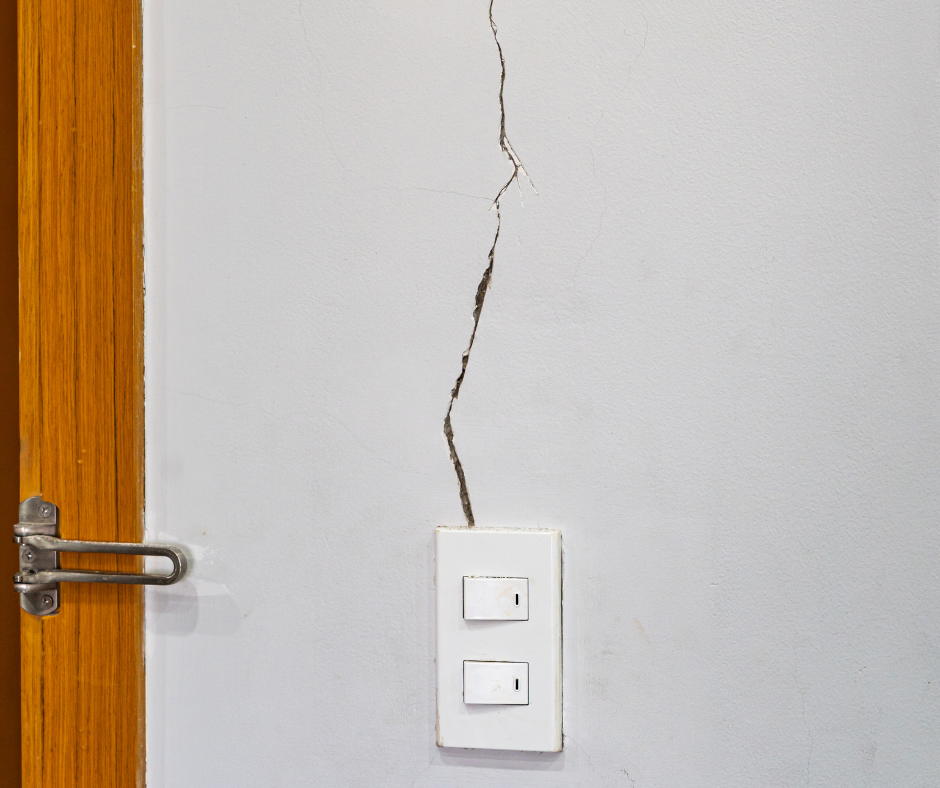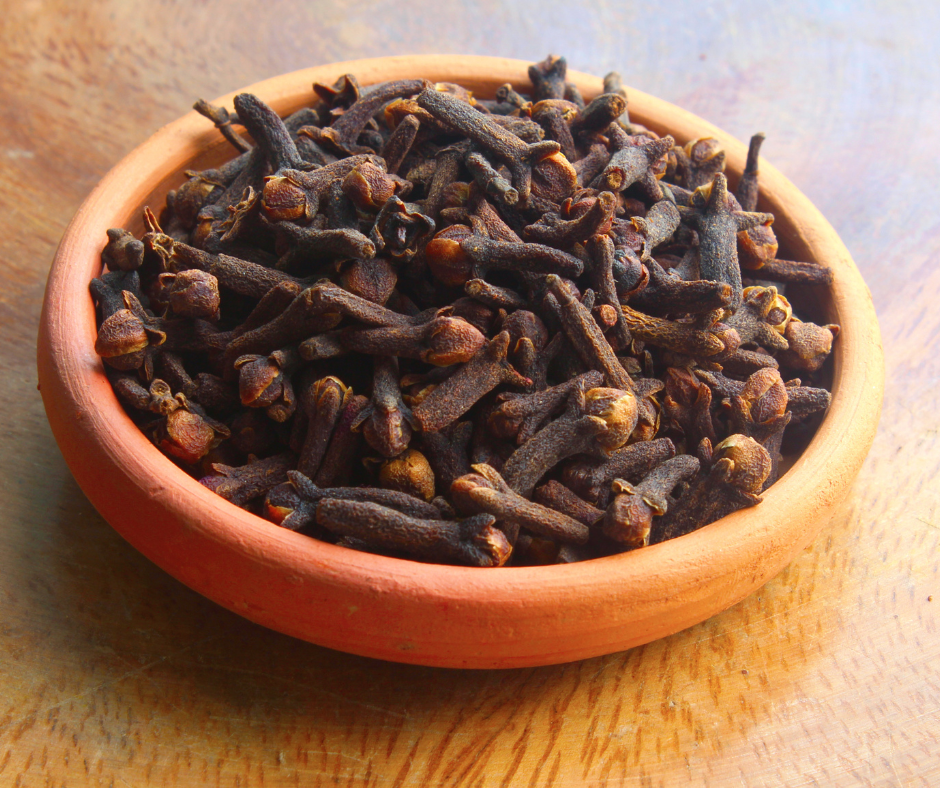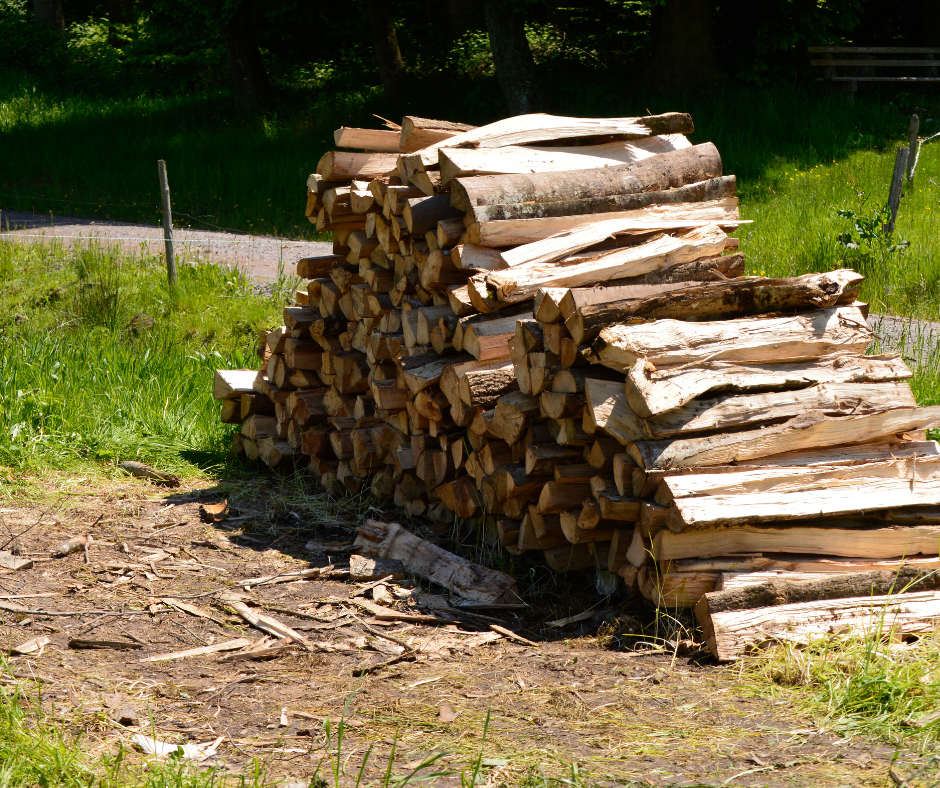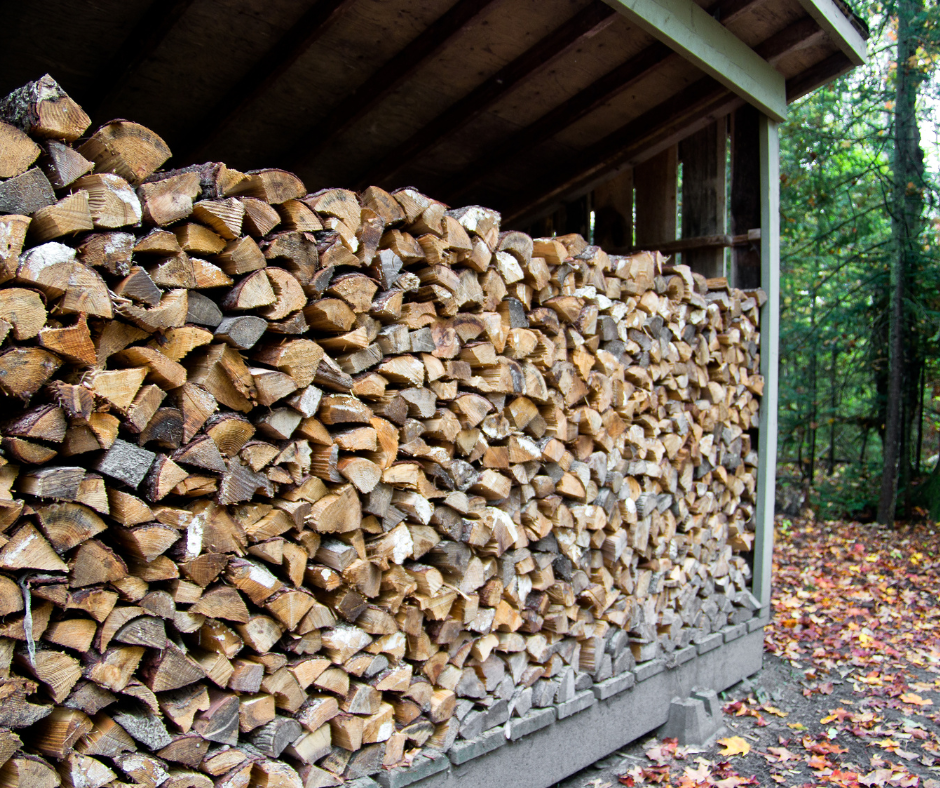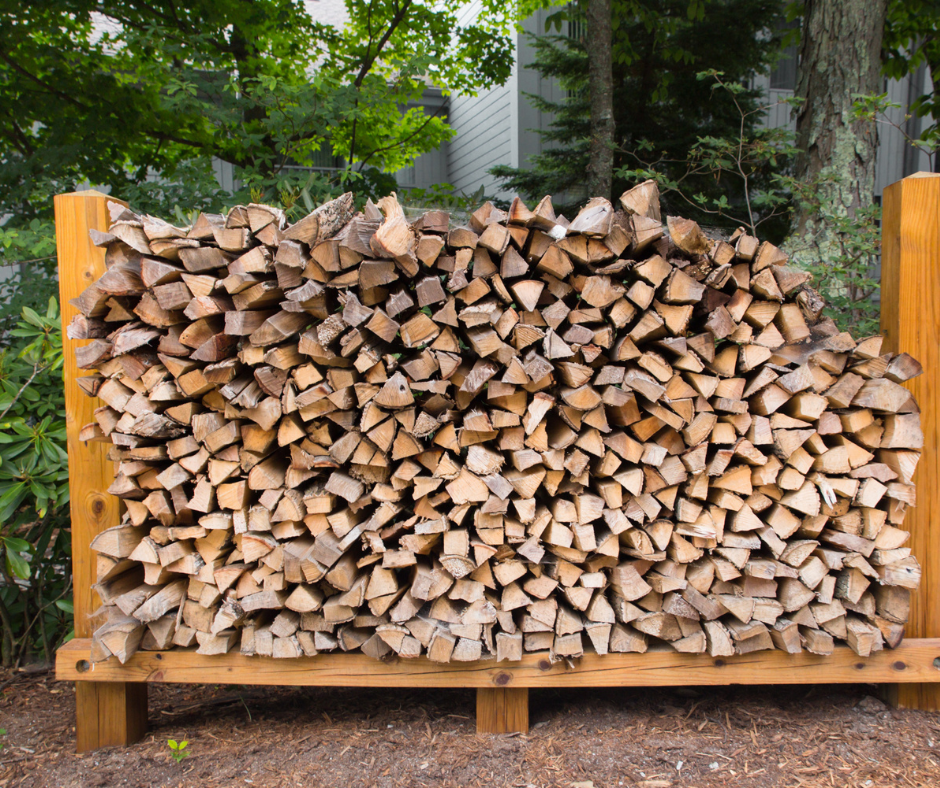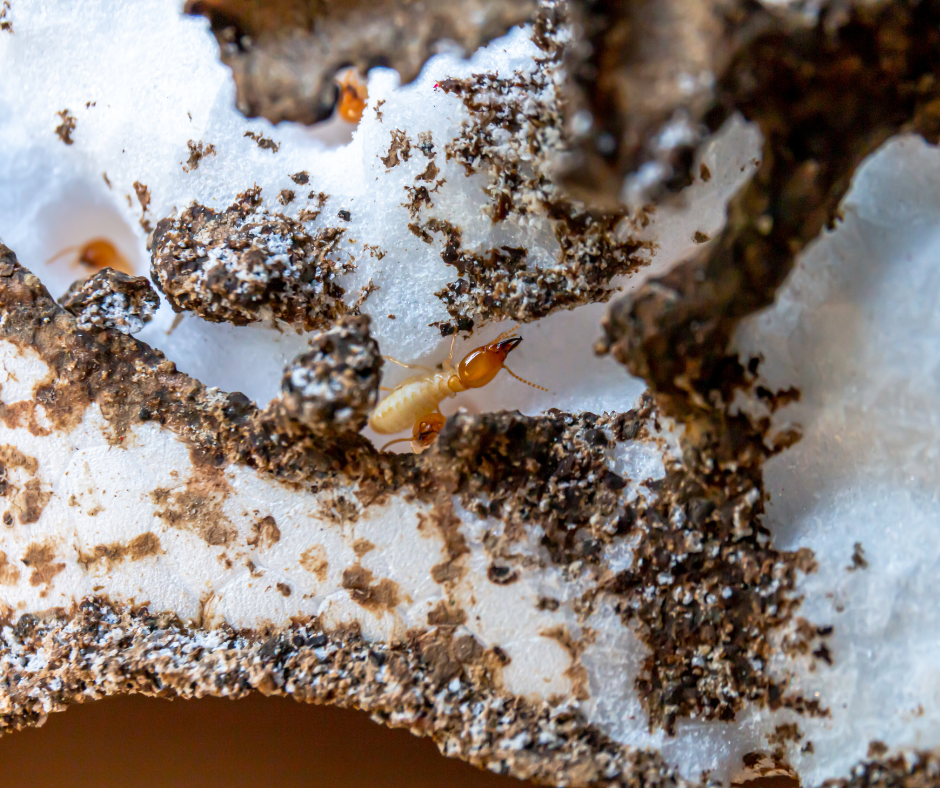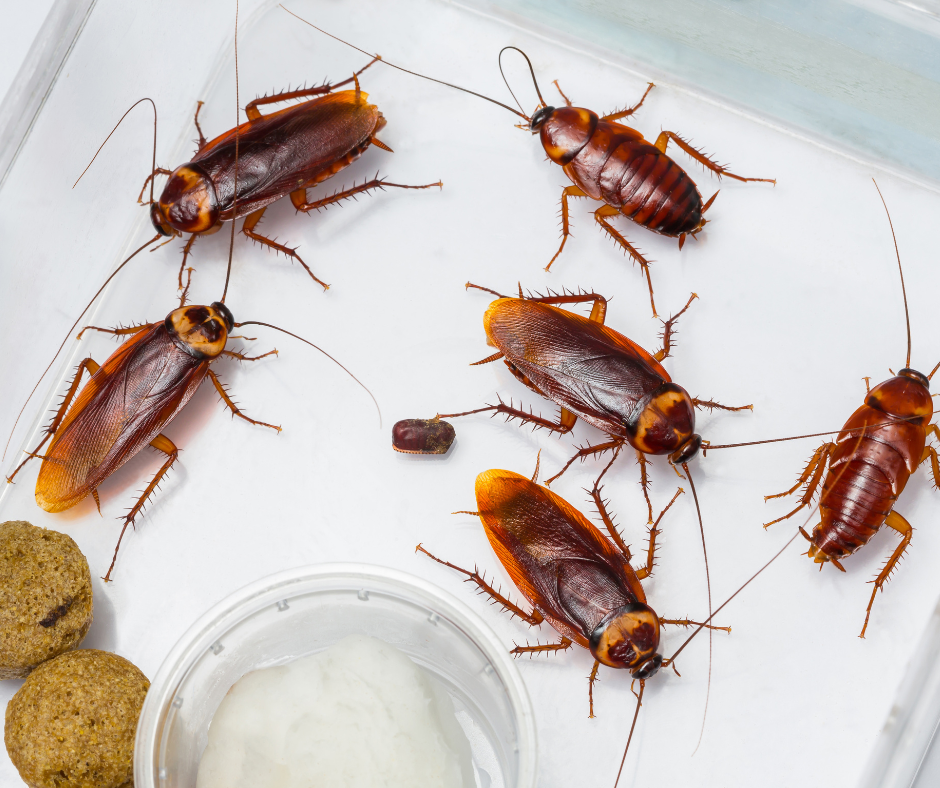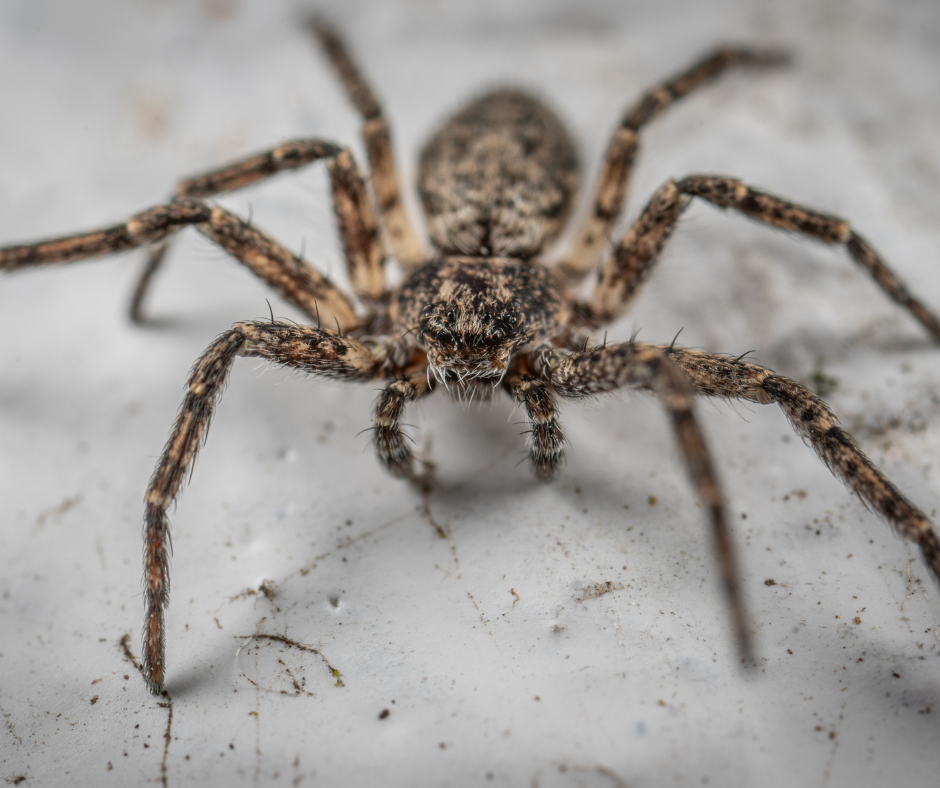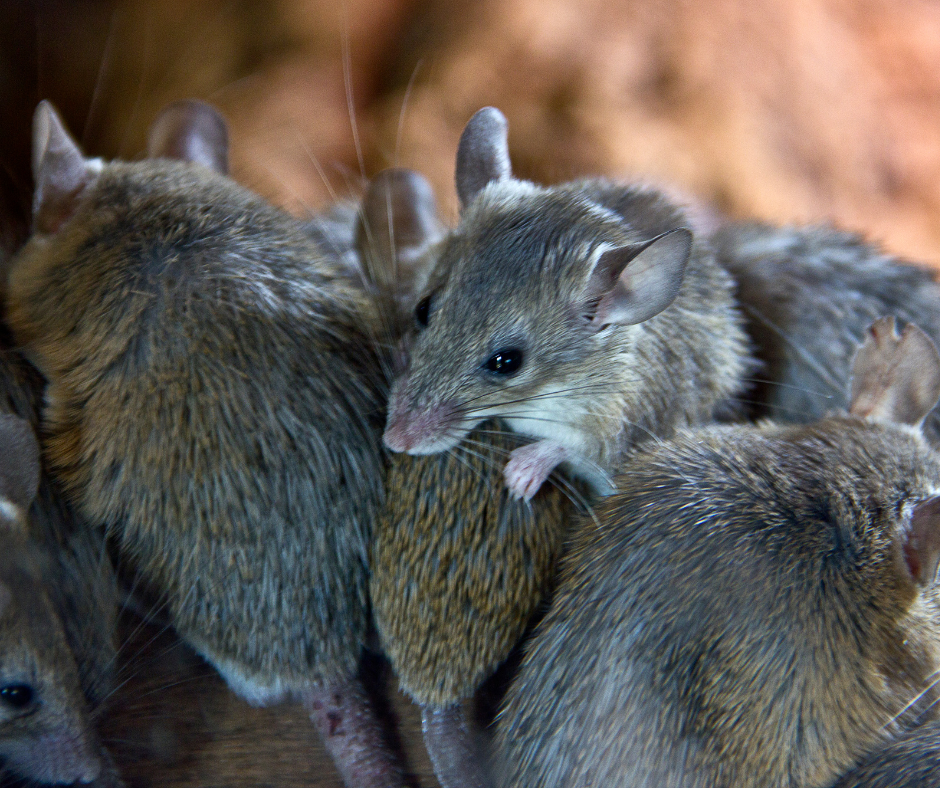|
Termites and carpenter ants are two common pests that can wreak havoc on homes, especially wooden structures. Both pests can leave behind sawdust-like debris, but there are key differences between the two. In this post, we'll explore how to differentiate between termite frass and carpenter ant dust to help you identify potential infestations early. Termite Frass Termite frass is the excrement or droppings of termites. It is typically composed of tiny, pellet-shaped fecal pellets. These pellets are often uniform in size and shape, resembling small grains of rice or sawdust. Termite frass is usually found near termite tunnels, galleries, or entry points. It can also accumulate in piles beneath infested wood. Carpenter Ant Dust Carpenter ants do not eat wood like termites; instead, they tunnel through it to create nests. As they excavate galleries, carpenter ants create smooth, almost sand-like sawdust called frass. This frass may contain insect parts and is often mixed with debris from the wood they have excavated. Carpenter ant frass is typically found near their nests or in piles outside of entry points. Key Differences Why It Matters Differentiating between termite frass and carpenter ant dust is important because it can help you identify the type of pest infestation you're dealing with. While both pests can cause damage to wood, the treatment methods for each may vary. Proper identification can also help you take the necessary steps to eliminate the infestation and prevent further damage to your home. Being able to distinguish between termite frass and carpenter ant dust is crucial for effective pest control. By knowing the key differences in appearance, texture, location, and content, you can accurately identify the type of pest infestation and take appropriate action. If you suspect a termite or carpenter ant infestation in your home, it's best to contact a pest control professional for proper inspection and treatment.
0 Comments
Termites are among the most destructive pests that can invade your home, silently causing damage that can be costly to repair. Being able to recognize the early signs of a subterranean or drywood termite problem is crucial for taking prompt action to protect your home. Here are 10 warning signs to watch out for: 1. Mud Tubes2. Termite Droppings3. discarded wings4. Presence of Swarmers5. Hollow-sounding Wood 6. Bubbling or Cracked Paint7. Tight-fitting Doors or Windows8. Sagging Floors or Ceilings:9. Maze-like Patterns in Wood10. Tunnels in WoodIf you notice any of these signs, it's important to contact a professional pest control service, like Dunrite Pest & Termite, immediately. Early detection, treatment, and prevention are key to minimizing damage and protecting your home from a potential infestation.
Mosquitoes are a common nuisance, buzzing around and leaving itchy bites in their wake. However, there are many misconceptions about these pesky insects. Let's take a closer look at some common facts and myths about mosquitoes. Let's start with facts:Mosquitoes Need Water to Breed
Female mosquitoes lay their eggs in standing water, making it essential to eliminate any sources of stagnant water around your home. Only Female Mosquitoes Bite
Female mosquitoes require protein from blood to develop their eggs, while male mosquitoes feed on plant nectar. Mosquitoes Are Attracted to Carbon Dioxide
Mosquitoes can detect carbon dioxide from up to 75 feet away, which is one reason they are drawn to humans. Mosquitoes Can Transmit Diseases
Mosquitoes are capable of transmitting diseases such as malaria, dengue fever, Zika virus, and West Nile virus through their bites. Mosquitoes Have Sensitive Antennae
Mosquitoes use their antennae to detect heat, moisture, and chemical signals, helping them locate potential hosts. here are the myths:Mosquitoes Prefer Certain Blood Types
There is no scientific evidence to suggest that mosquitoes prefer one blood type over another. However, they may be attracted to certain individuals based on factors like body odor and carbon dioxide emissions. Eating Garlic or Vitamin B12 Repels Mosquitoes
While some people believe that consuming garlic or vitamin B12 can repel mosquitoes, there is no scientific evidence to support this claim. Mosquitoes Are Attracted to Light Colors
Mosquitoes are actually more attracted to dark colors than light colors. However, the color of your clothing is unlikely to significantly impact whether or not you are bitten. Citronella Plants Repel Mosquitoes
While citronella oil is a common ingredient in mosquito repellents, simply having citronella plants in your yard is unlikely to provide significant protection against mosquitoes. Mosquitoes Die After Biting
Female mosquitoes do not die after biting. Instead, they can continue to bite multiple times to obtain the blood meals they need to develop their eggs. By understanding these facts and myths about mosquitoes, you can take steps to protect yourself and your family from mosquito bites and reduce their presence in your environment.
Ever spotted a winged insect indoors and wondered if it's a flying ant or a termite? These pests may seem similar, but they have distinct features. Understanding these differences can help you identify the pest correctly. Here's a guide to differentiate between flying ants and termites: Being able to distinguish between flying ants and termite swarmers is important for effective pest control. If you're unsure about the pest you're dealing with, it's best to contact a professional pest control service for an accurate identification and appropriate treatment. Early detection and prevention are key to managing both flying ants and termite infestations
As the weather in Florida starts to warm up and become wetter, it's important to be aware of the upcoming swarming season of termites. Swarming is a natural part of the termite life cycle, where reproductive termites, also known as swarmers or alates, leave their colony to mate and start new colonies. While swarming termites themselves do not cause damage to structures, they are a strong indicator of an underlying termite infestation. Here's what you need to know about swarming termites and how to get ahead of them: Signs of Swarming What to Do
Being aware of the swarming season of termites in Florida and knowing what to look for can help you get ahead of potential infestations. If you suspect a termite problem, don't wait until swarming season starts—contact a professional pest control company to address the issue promptly. Remember, once swarming starts, there's no getting around it, so prevention and early detection are key.
Rodents are notorious invaders, seeking refuge in the cozy and often overlooked spaces of our homes, such as attics and crawl spaces. Rodent infestations can lead to property damage, health concerns, and significant headaches for homeowners. Let’s explore effective strategies to prevent rodents from invading your attic and crawl spaces, ensuring your home remains a fortress against these unwanted guests. Follow these proactive measures so you can significantly reduce the risk of rodent infestations, protecting both your property and the well-being of your household. Take the time to inspect, seal, and maintain these spaces, and enjoy the peace of mind that comes with a rodent-free home.
Ant infestations may seem like a minor nuisance, but these tiny invaders can have a more significant impact than meets the eye. Let’s delve into the often-underestimated consequences of ant infestations on your home's structural integrity.
Ant infestations may start small, but their impact on your home's structural integrity can be far-reaching. By understanding the risks, recognizing warning signs, and implementing proactive measures, you can fortify your home against these silent invaders. Remember, a vigilant approach today can save you from significant structural issues tomorrow.
As festivities wind down, shift your focus to safeguarding your home from potential pest infestations. This guide offers practical tips to keep your home critter-free after the celebrations. Dispose of Food Scraps Properly
Leftover food is a common attractant for pests. Seal food scraps in airtight containers before disposal to minimize the scent that may lure unwanted visitors. Clean Up Crumbs and Spills
Thoroughly cleaning countertops, tables, and floors is essential to eliminate any crumbs or spills. Even the smallest particles can beckon pests, so attention to detail is key. Empty Trash Bins Regularly
Regularly emptying trash bins, especially in the kitchen and dining areas, helps prevent odors from becoming a pest magnet. Ensure bins are tightly sealed. Check for Standing Water
Stagnant water is a breeding ground for pests like mosquitoes. Inspect your surroundings for any standing water and eliminate it promptly. Inspect Decorations
Before storing away your festive decorations, particularly those made from natural materials, inspect them for any signs of pests. Insects may have nestled in during the celebrations. Secure Outdoor Garbage Bins
Ensure outdoor garbage bins have secure lids to prevent pests from accessing leftover food or trash. Consider Professional Pest Inspection
If you notice signs of pest activity or are concerned about potential infestations, consider hiring a professional pest control service for a thorough inspection and treatment. By incorporating these comprehensive tips into your post-New Year's cleanup routine, you can create a less attractive environment for pests and maintain a pest-free home. Remember, a little proactive effort now can save you from potential pest-related headaches down the road. Cheers to a critter-free and happy home!
Home is where we find comfort and joy, and the last thing we want is uninvited guests like rodents or insects crashing the party. While holiday seasons often bring festivities, they also attract pests. Let's delve into practical tips to keep your home pest-free throughout the year, ensuring a comfortable living space regardless of the season. 1. Natural Repellents for a Cozy Home: Whether you're decking the halls or simply adding warmth to your space, consider incorporating natural pest repellents into your decor. Items like cloves, cinnamon sticks, or bay leaves not only add a touch of fragrance but also act as effective deterrents against pests like ants and spiders. 2. Seal Leftovers for a Tidy Kitchen: Delectable treats are a year-round affair. Store leftovers in airtight containers to prevent attracting pests like rodents and insects. This simple step can make a significant difference in keeping your kitchen pest-free. 3. Inspect Greenery Before Introducing It: Before bringing any new greenery indoors, inspect it for potential roommates. Whether it's a potted plant or a seasonal tree, look out for signs of pests like spiders, mites, or aphids. A gentle shake and a spritz of water and dish soap can be a precautionary measure. 4. Dispose of Waste Promptly: A house full of life often means an increase in garbage. Dispose of trash promptly and securely to avoid attracting pests. Tight-fitting lids on bins and proper waste management contribute to a pest-free environment. 5. Pet-Friendly Pest Control: If you share your home with furry friends, be mindful of the pest control methods you use. Opt for pet-friendly alternatives to ensure a safe and healthy environment for your pets while effectively controlling pests. 6. Check Stored Decorations: Seasonal or not, when unpacking stored decorations, keep an eye out for signs of pest activity. Spiders, wasps, and rodents may have taken up residence during the off-season. A quick check can save you from unwelcome surprises. 7. Thoughtful Illumination Outdoors: Outdoor lights add charm, but they can attract pests. Place extension cords and power sources carefully to avoid creating cozy spots for rodents. Regularly inspect outdoor lighting for any signs of pest activity. 8. Mindful Firewood Storage: If a crackling fire is part of your home tradition, store firewood away from your living space. Termites and other pests are drawn to woodpiles and may find their way indoors if stored too close. 9. Regular Vacuuming for a Clean Home: A clean home is a pest-free home. Regularly vacuum high-traffic and food-preparation areas to eliminate crumbs and food particles that attract pests. 10. Professional Consultation for Persistent Issues: If your efforts aren't keeping pests at bay, don't hesitate to consult with a pest control professional. They can provide targeted solutions and advice to ensure your home remains pest-free throughout the year. With these practical tips, you can create a living space that's not only comfortable but also free from unwelcome guests. Regardless of the season, enjoy the peace of mind that comes with a pest-free home. Here's to a comfortable and welcoming living space all year round!
Winter's chill often sends more than just humans indoors. Small animals and pests may seek refuge in the warmth of your home during the colder months, creating potential challenges for homeowners. Let's explore the critters that might be looking to make your cozy abode their winter sanctuary: 1. Mice and Rats: As temperatures drop, rodents like mice and rats search for shelter. 2. Spiders and Insects: While some insects hibernate during winter, others, like spiders, seek shelter indoors. 3. Cockroaches: Known for their resilience, cockroaches can be active throughout the year. 4. Termites: Winter doesn't deter termites, especially in regions with milder climates. Here are practical tips to winter-proof your home and create an environment that's less inviting to these unwelcome guests: Sealing Entry Points
Inspect your home for any cracks, gaps, or holes in the walls, foundation, and around windows and doors. Use caulk, weather stripping, or other suitable sealants to close these entry points. Pay special attention to areas where utility pipes enter your home. Reinforce Screens and Vents
Ensure that screens on doors and windows are in good condition. Repair any tears or damages promptly. Install mesh screens on vents to prevent smaller pests from entering. Regular Inspections
Regular Inspections
Schedule regular inspections of your home's exterior. Look for signs of wear and tear, loose siding, or damaged roofing. Address these issues promptly to prevent pests from finding easy access points. Trim Overhanging Branches
Trees and bushes close to your home can provide a highway for pests. Trim back branches to limit access to your roof and windows, making it more difficult for critters to drop in. Clean and Declutter
A cluttered environment provides hiding places for pests. Declutter your home, especially areas like attics, basements, and storage spaces. Regularly clean these spaces to remove potential hiding spots. Proper Waste Management
Keep trash cans tightly sealed, and dispose of garbage regularly. Pests are attracted to food remnants, and a well-sealed trash can reduce the likelihood of an infestation. Professional Inspection
Consider scheduling a professional pest inspection, especially if you've had pest issues in the past. Pest control experts can identify vulnerabilities and provide targeted solutions to keep your home pest-free. Prepare your home for the winter season by staying one step ahead of these potential intruders. By understanding their behaviors and taking preventive measures, you can enjoy a pest-free and cozy winter indoors.
|
INFORMATION ON PEST/TERMITE SERVICES, HOME MAINTENANCE, AND MUCH MORE...Archives
April 2024
Categories |
